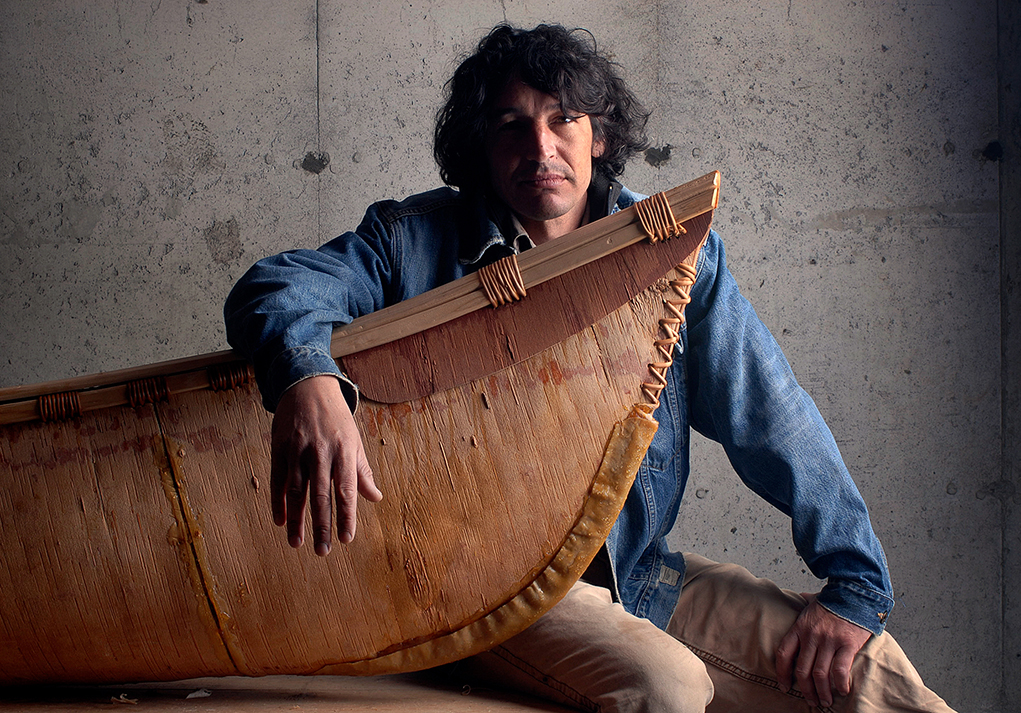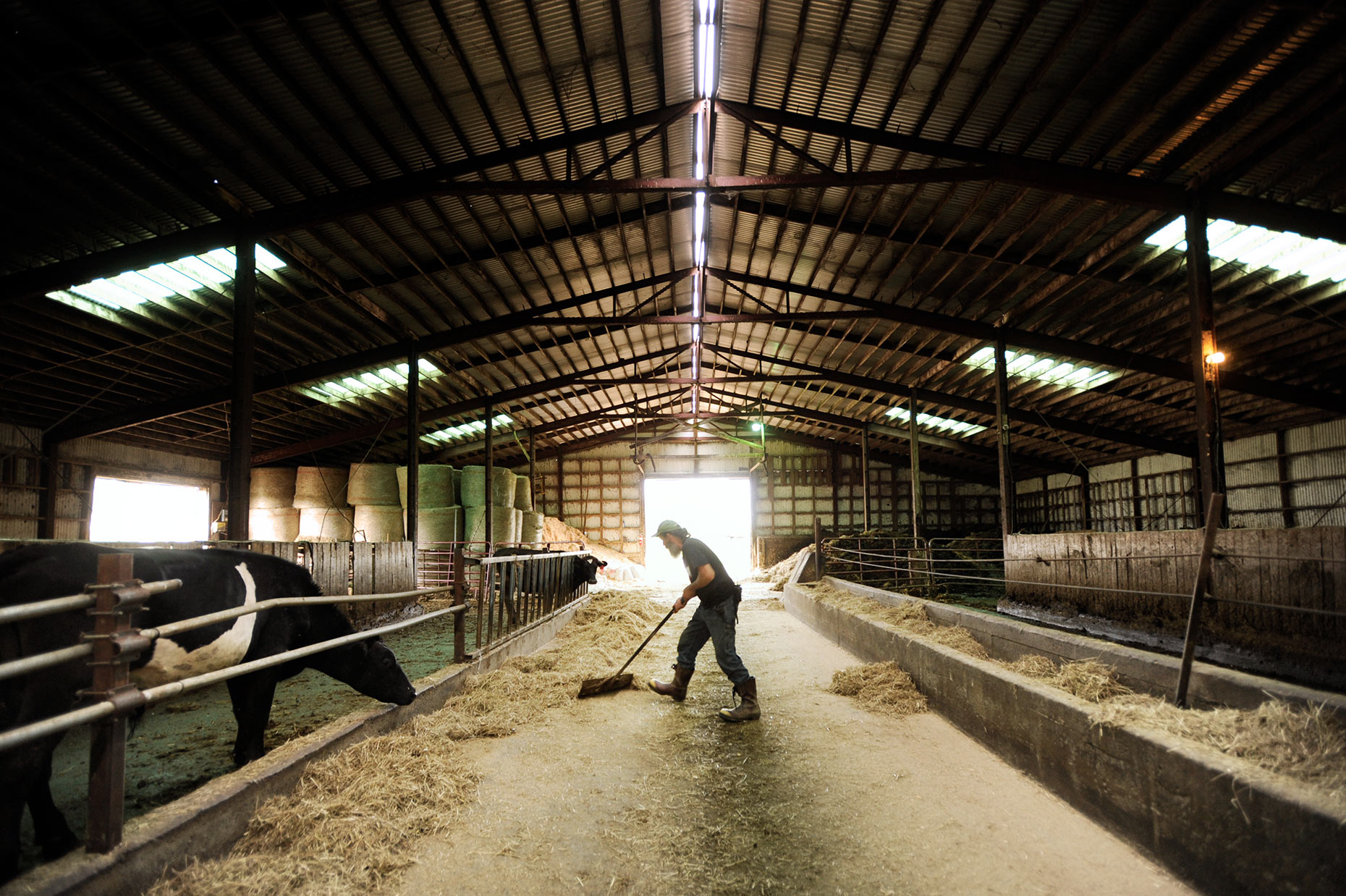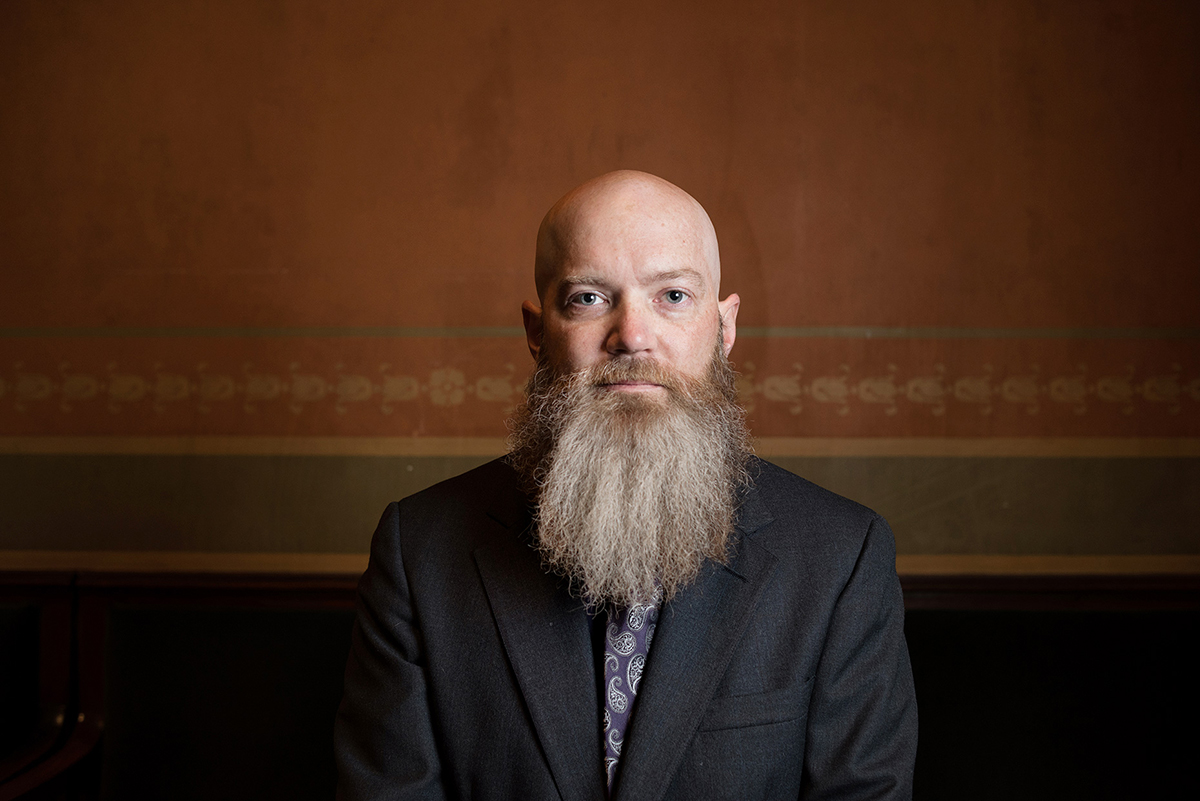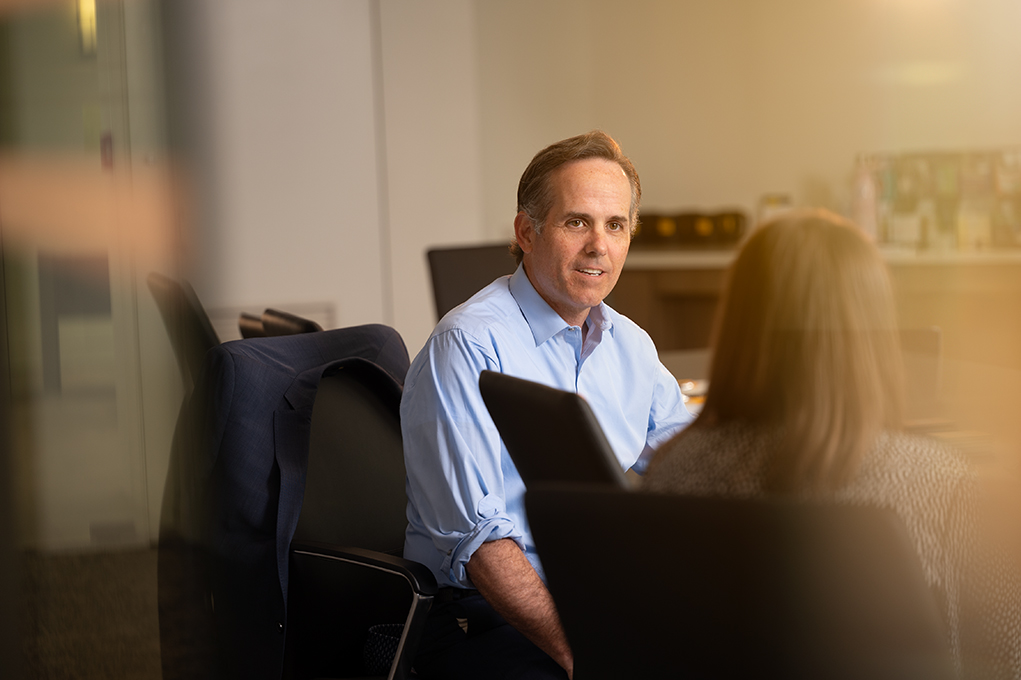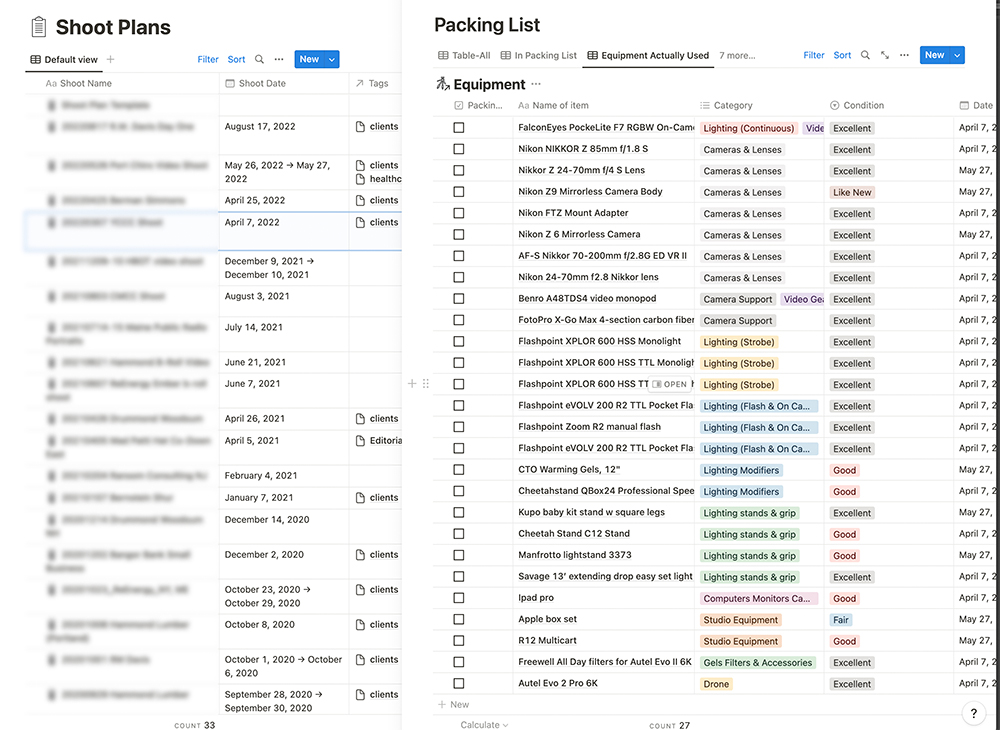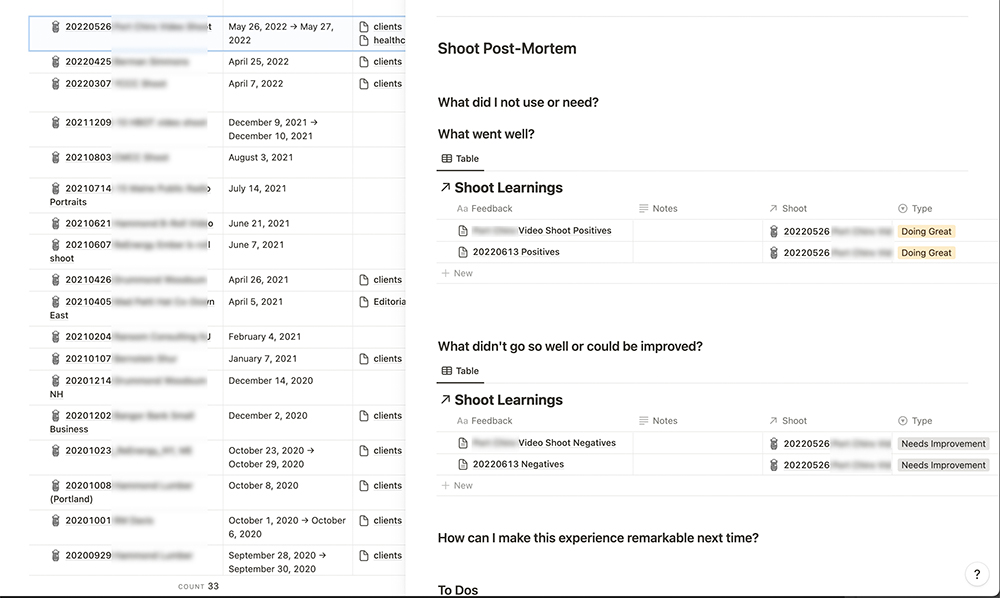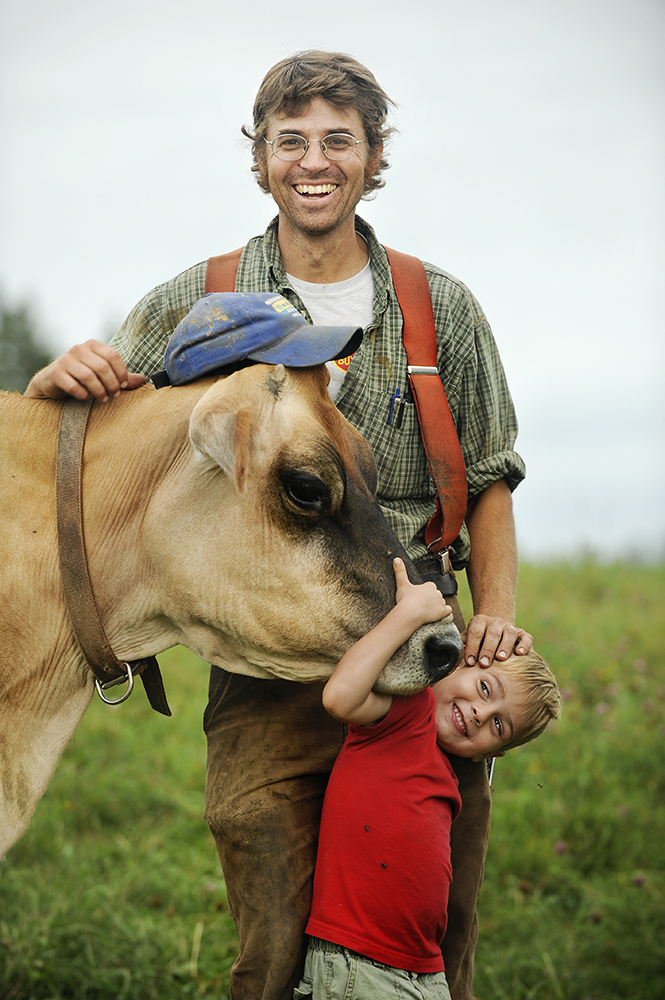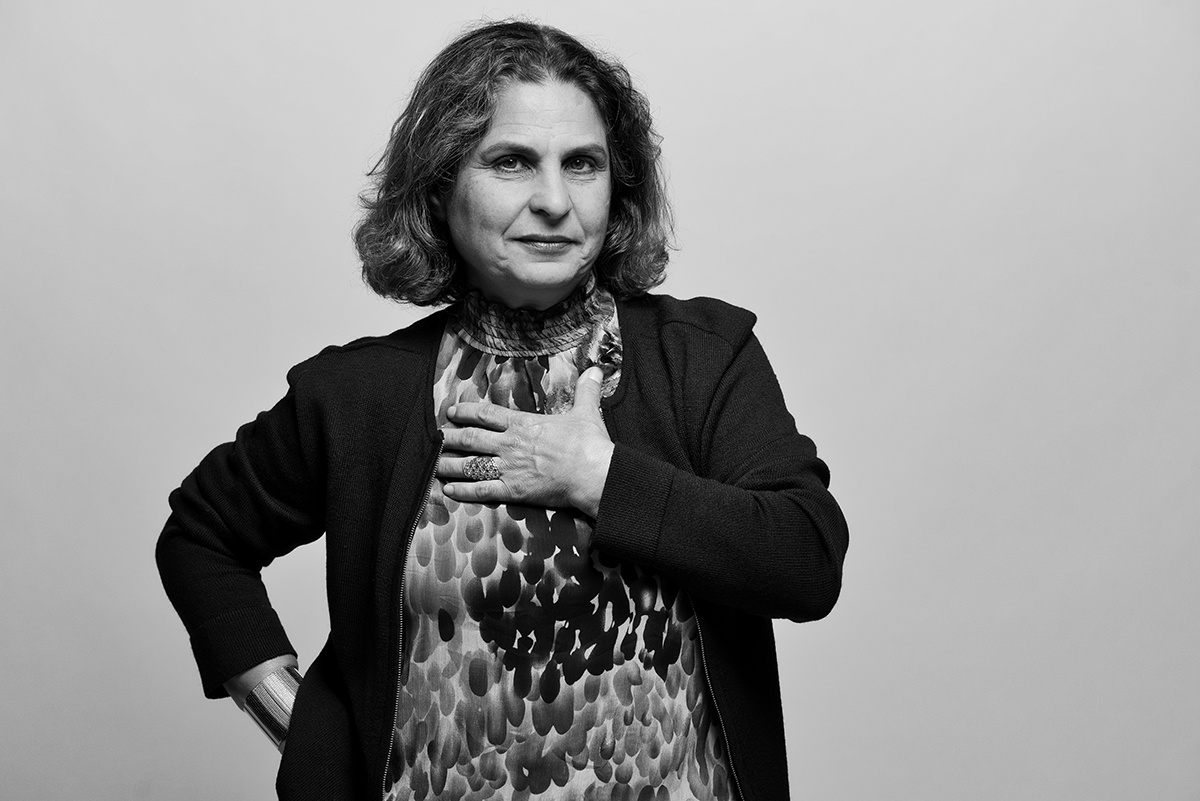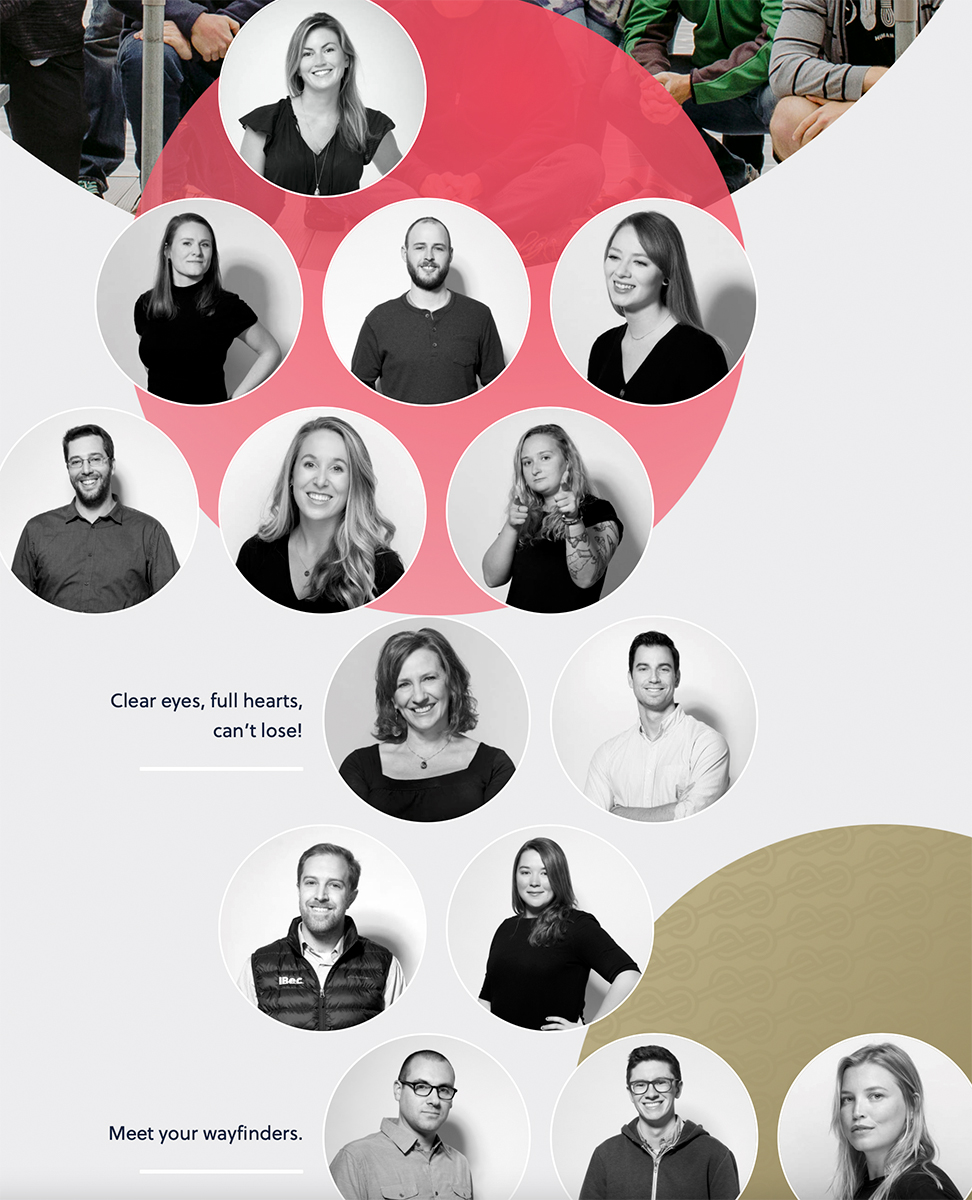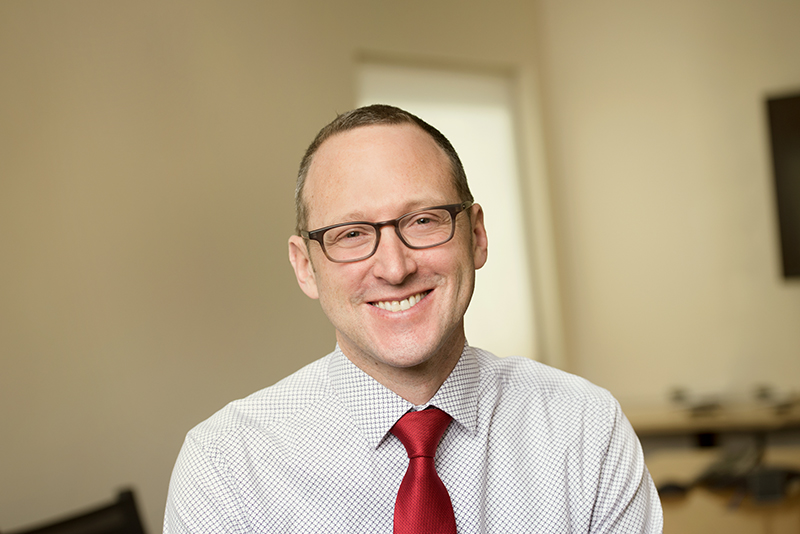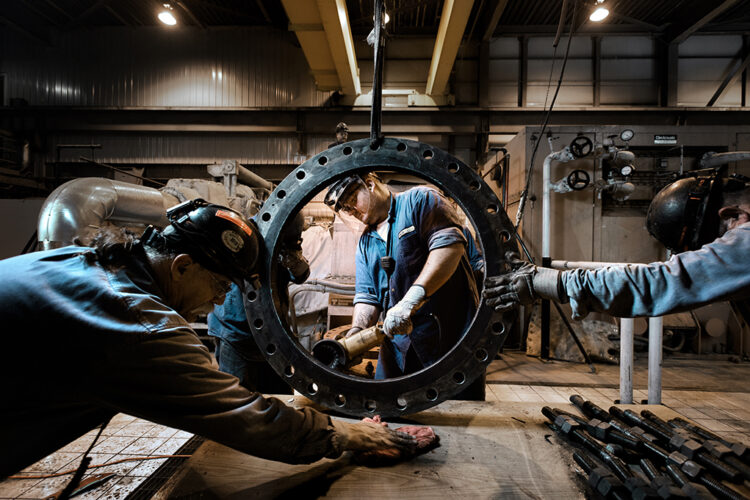
When hiring a photographer or videographer, rates can be confusing. Some photographers don’t provide day rates, while videographers often do. Sometimes you might encounter work-for-hire contracts; other times, you hire someone to create a defined product, such as a 1-2 minute video business profile, priced by the deliverable rather than the time it takes.
To clear up the confusion, here’s a breakdown of some key terms that can help you navigate the hiring process more effectively next time you have a visual project.
Work For Hire (Paying To Own)
What It Is: In a Work For Hire (WFH) arrangement, the client owns the full rights to the visuals from the moment they are created. This is typical when the work is performed by an employee of the company but can apply to independent contractors.
Why It’s Important: The creator relinquishes all ownership and cannot use the work for their portfolio or other purposes without permission. This is crucial for clients who need complete control and ownership of the content, particularly when proprietary or trademarked processes and products are shown. Note that specific legal definitions determine what constitutes WFH, and a contract specifying WFH may not be legally binding if those conditions aren’t met.
Project Rates (Paying For Value)
What It Is: Project rates are a fixed fee agreed upon for the entire scope of work, typically covering pre-production, production, and post-production phases. This is often my preferred pricing method because the focus is on results, not time.
Why It’s Important: This approach ensures a well-defined project scope and clear expectations for both parties. It often leads to more thorough planning and better final results, as the photographer or videographer can focus on specific deliverables. Project rates focus the creative professional on creating the best outcome rather than counting minutes or hours. An experienced photographer may produce the same amount of work as a less-experienced one but in less time. Using a project rate, pricing is based on the end product and rewards the experienced photographer for their efficiency. For my clients, efficiency and minimal disruption to their operations is invaluable.
Product Pricing (Paying For Specific Deliverables)
What It Is: Product pricing refers to a model where the cost is based on the final deliverables rather than the time spent creating them. Examples include a formal business headshot or a 90-second explainer video for a local business.
Why It’s Important: This pricing structure is straightforward and focuses on the value of the end product. Clients pay for the specific images or videos they receive, making it easier to budget and justify.
Day Rates (Paying For Time)
What It Is: Day rates are fees charged by the day (typically 8, 10, or 12 hours), covering the professional’s time on a daily basis regardless of the setups, sessions, or work performed.
Why It’s Important: Day rates might make sense if you value flexibility and budget predictablity, but they encourage scope creep, which can lead to quantity over quality and time over efficiency.
There’s no single “right” way to structure rates. Each type has its advantages and disadvantages. Knowing the difference between them will help you budget and ensure a smooth, successful project. Your visual professional should also be able to explain these terms and why they recommend a particular rate structure so you can make the best possible decision for you and your project.
–30–
Want to discuss an upcoming visual project or want help telling your visual story? Let us know!

